|
Player(s): 1 Platforms: PS Vita, PlayStation 4 Trying to put Rabi-Ribi into a single genre is an impossible task. It's part Metroidvania action RPG, part bullet hell shooter, and part retro-themed platformer. There are other genre elements in there too. Previously released on PC, Sekai Project is now bringing Crespirit's love letter to classic gaming to both the PS4 and the PS Vita! Let's take a look at this release! Usually I start these reviews out with a synopsis of the story, but I'll admit that I played this game near completion and was still confused as to what was actually going on. Things came and went and story scenes often seemed to come together in a piecemeal way of random sequences instead of a cohesive story. Even now with ten hours of the game under my belt, I find it hard to explain exactly what you DO in it. You start as a bunny named Erina who wakes up to find that she's no longer a bunny, but someone dressed up as a bunny. Her first task is to find her master and along the way she runs into a fairy named Ribbon. The two of them end up accompanying each other on the entirety of their journey and occasionally other story scenes happen. I really can't tell you too much else as a lot of it seems random and there is a mechanic (apparently added for speed runs since there is a speed run option in the main menu) that allows you to easily skip/fast forward each and every cutscene. Unfortunately this meant that I skipped a few here and there on accident, but honestly I feel that I would be just as confused if not. For example, many of your enemies are girls dressed up as animals with animal ears. It is explained that these are the enemies and are bad/hated by the townspeople, but if I was ever told WHY this was then I missed it. The same can be said about almost every boss. I had no idea most of the time why I was doing certain things most of the time. Now while the story is weak, it does come with funny moments even if these are few and far between. I got the feeling after a few hours in that this game was probably designed first with a story being added later down the line. Let's move onto gameplay. I could probably fill up the rest of the review with this so I'll try to keep it brief. Metroidvania meets Bullet Hell Shooter, but it's more than that. Everyone throws the "Metroidvania" term around with this game, including myself, but after hours of playing I'm not sure it completely fits. Sure there are lots of elements here, but lacks things like a true level system and fluid controls. Skills increase the more you use them, but this isn't in the same way as other standout titles in the genre it almost feels like it happens randomly and if there is a way to monitor progress I must have missed it. Exploration is done in the classic style with new areas being opened up after obtaining new weapons/skills/etc., but these areas are linked together in a very random way making exploration a chore at best and confusing at worst. Also while Erina does have a main weapon, a hammer, it is Ribbon who largely comes through with attacks as she is armed with many long-range sub-weapons. It took me hours before I realized that your hammer becomes almost useless, especially against bosses, once you gather up several weapons for Ribbon. After that the best fighting is done with Ribbon's attacks with Erina mainly acting as the catalyst to get Ribbon into position. This makes the gameplay a little lopsided in my opinion as standing on opposite sides of the screen while I trade fire with an enemy is not the first thing that comes to mind when I think "Metroidvania". Also did I mention that attacks take up a certain amount of a constantly-refilling skill bar? This means that you have to constantly stop your attacks for it to charge up again. This is a mechanic you can get used to, but I found that it broke up the action. Why have a bullet hell fight when you can only attack for three seconds, wait three seconds, then attack again? Also, while the controls on this game aren't the worst I've seen in a platformer by far, they sometimes don't feel smooth enough for the platforming found in the game. You won't find any bottomless pits that kill you here, but I found it hard to always predict where my jumps would land and this would cost me in either life when I took damage or time when I fell to a lower level and would have to backtrack. This game wear's its retro aesthetic on its sleeve so I think we all know what to expect here. To sum it up: there are a lot of pixels. They're well-done though and there are many different types of enemies throughout to keep things varied. Some of the backgrounds are a little bland and generic, but thankfully this isn't the case all around. Spell effects and the such dazzle and even those annoying waves of bullets aren't exactly unpleasing to the eye. My one gripe with the retro-styled graphics is that often the characters are hard to distinguish from each other before their character portrait pops up. Speaking of character portraits this game also features another graphical style entirely. Fans of visual novels or anime in general might be familiar with this style, but it does come as a little jarring to those expecting just retro goodness here. As a matter of fact many people I spoke to regarding this game's earlier release on PC complained about this shift in art style and the fact that all the girls were very scantily clad really bothered them. Now while I will admit it is an odd choice that there are very few fully clothed characters here (and no males to speak of at all) it wasn't something that particularly bothered me. With the exception of a few hiccups here and there I felt that graphics and art style is where this game actually shined. I'll briefly cover sound and music for a bit, I say briefly because there really isn't much to say. I went through hours of this game before I realized that none of the music was actually noticeable. I mean that I literally didn't notice it at all in the playthrough; it was just there. I tried to pay more attention to it after that and while a lot of it is fun, jazzy, and upbeat, it was far from memorable. That being said, it definitely wasn't bad, just unremarkable. There is no voice acting here either so there isn't much to say in that regard. Sound effects are the same as music in my opinion as well. What's funny is I watched a few trailers after the fact in the hopes of clarifying the story points I mentioned earlier that confused me and heard some pretty decent music in them that I don't recall hearing in the game itself. I wish I had more to say regarding sound, but that's it. Now there is one thing I REALLY have to discuss: Difficulty. This game is extremely difficult and goes the route of nostalgia that equates "retro" with "hard". I know there are options here for lowering the difficulty and I know that this can even be done in-game, but unlike some titles that allow this kind of switching, here it's a permanent move to a lower difficulty and isn't something that can be toggled back and forth. Why is this important? Well it keeps coming up, but there are some very different types of games here. It goes from standard action platformer to bullet hell shooter. I imagine someone out there is good at both, but I personally only had trouble with the bullet hell boss battles and lowering the difficulty of those made the rest of the game almost too boring to play. I'll admit that even though I eventually found myself playing this on the lowest difficulty, I consistently still got "E"s (the lowest ranking) on the boss fights. At least I survived though? You can chalk this up to my lack of skill with shooters, but I still think it's worth pointing out that uneven difficulty (based on genre switching) is a very real thing here. This difficulty makes me wonder just who this game is marketed to. What if a fan of other Metroidvania games (or Metroid and Castlevania games themselves) decided to try this game out only to realize that they also needed shmup skills in order to complete it? I think they'd be disappointed, as was I. Now this isn't to say that this completely ruins the game as it can be adjusted to some degree, but I still found it to be an odd choice in gameplay direction and almost reinforces the thought that some of these genres just shouldn't mix. Let's start to wrap this up and bring everything together. You might get the impression here that I hated the game and that I'm going to tell you that I don't recommend it at all. That's not exactly the case though. Owing to the fact that this game borrows heavily from very different genres and styles I feel that it's very hard to judge the game as a whole. It almost feels like two or three different games brought together in development. While I didn't care at all for the bullet hell segments, I found most of the game enjoyable. Does it have its flaws? Of course, and they're pretty numerous at that, but it's also a beautiful-looking game that can draw you into it and have you playing for hours even if you're not really sure what goal it is you're working towards. If you're a fan of BOTH Metroidvania platformers and Bullet Hell Shooters then this game is for you. If you're looking for a game that'll provide you with a good challenge than this is for you too. Retro fans will find a lot to love here, but those looking for a coherent experience or a story-driven narrative that whisks you away from mundane life might want to look elsewhere. (Note: This review was based on the PlayStation 4 version of the game.) -Manuel (alavic_222) You can pick up Rabi-Ribi for the PlayStation 4 & PS Vita Here: https://store.playstation.com/en-us/product/UP0737-CUSA08723_00-SP00000000200001 Graphics: AMAZING Sound/Audio: GOOD Gameplay/Story: GOOD+ Value: GREAT OVERALL: GREAT Disclaimer: This game was provided to us by the publisher for the purpose of this review.
0 Comments
Leave a Reply. |
Search
Contributors◆ Angie
◆ Emily ◆ J.D. ◆ Janette ◆ JT ◆ Manuel ◆ Nestor ◆ Rose ◆ Sylvia ◆ Teepu ◆ Tiffany ◆ Winfield Archives
June 2025
|
© 2014-2025 A-to-J Connections. All Rights Reserved.

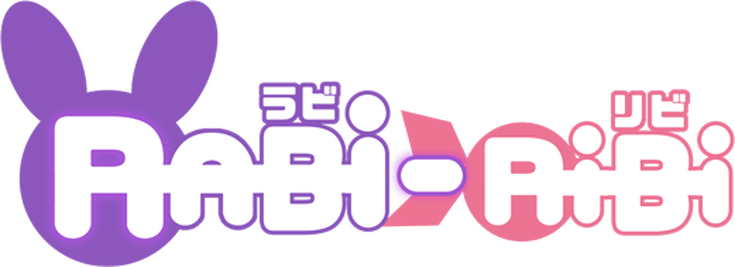
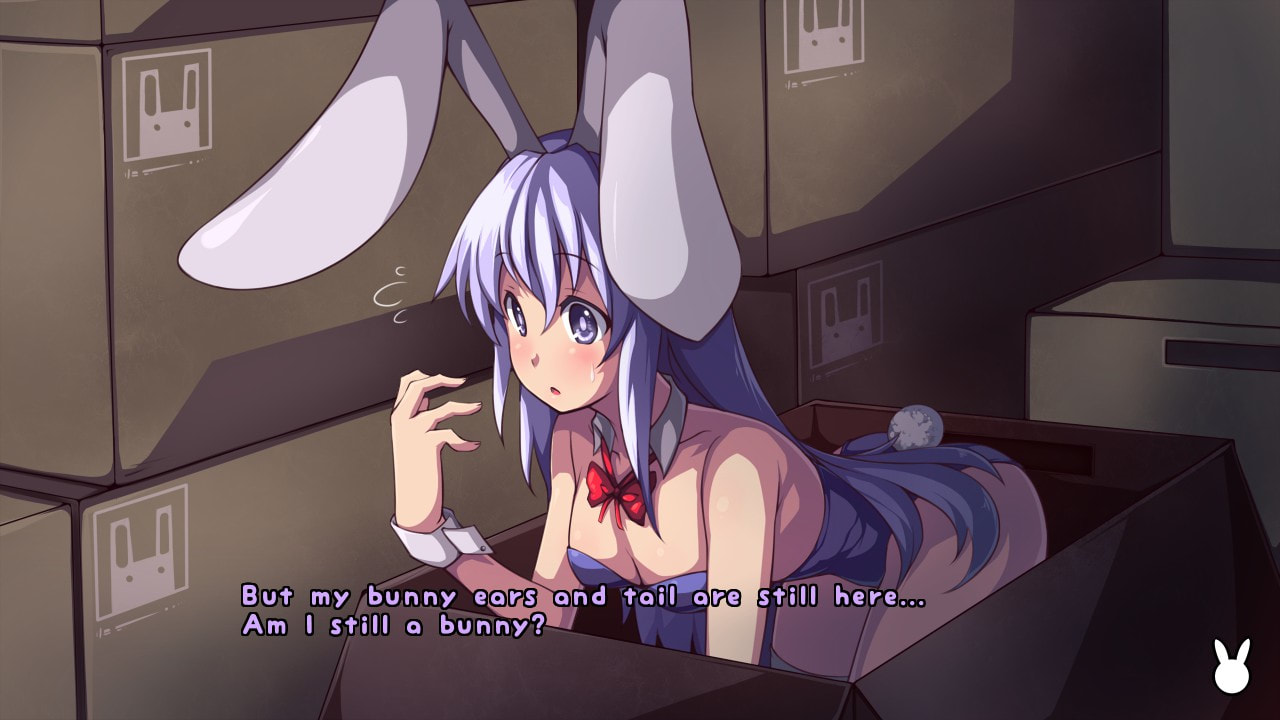
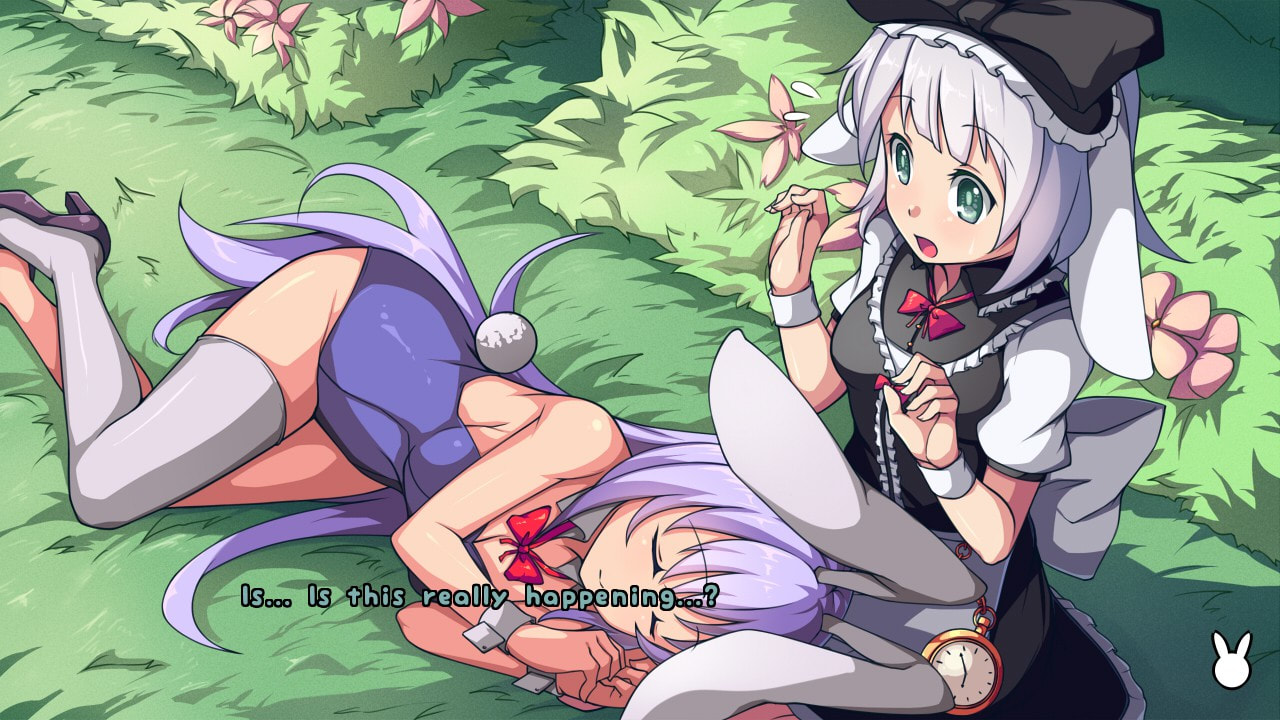


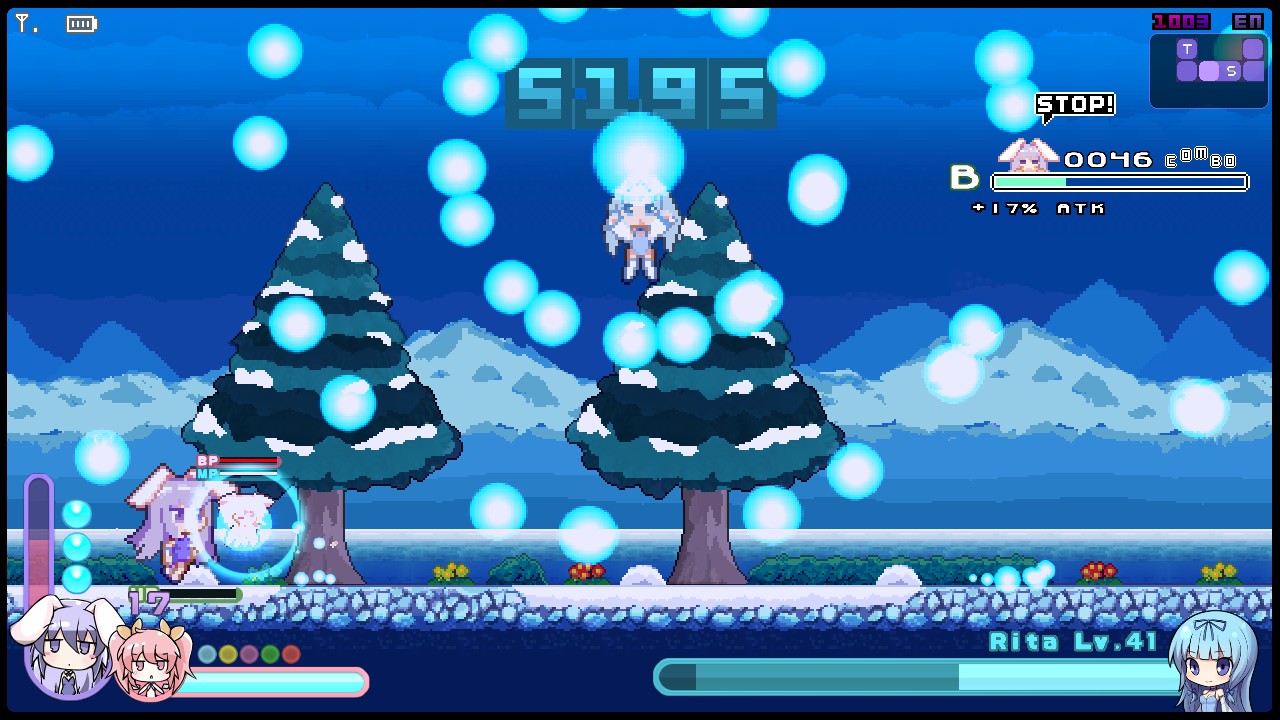
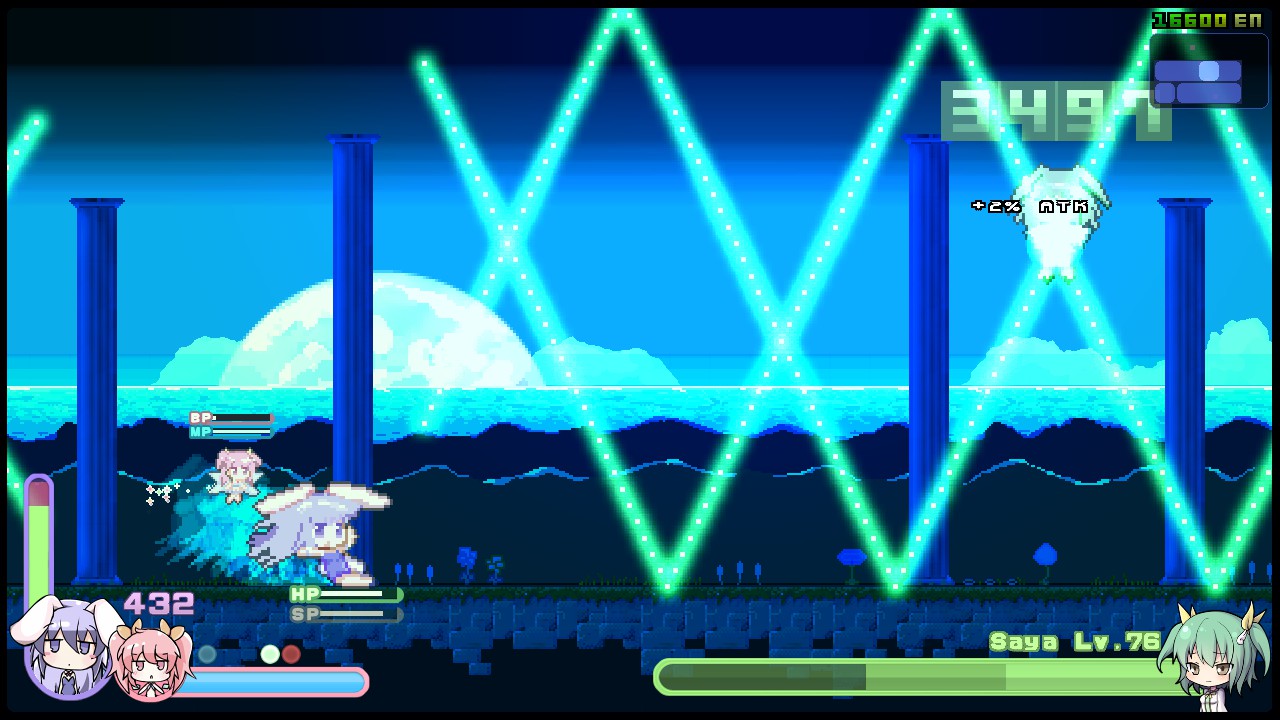
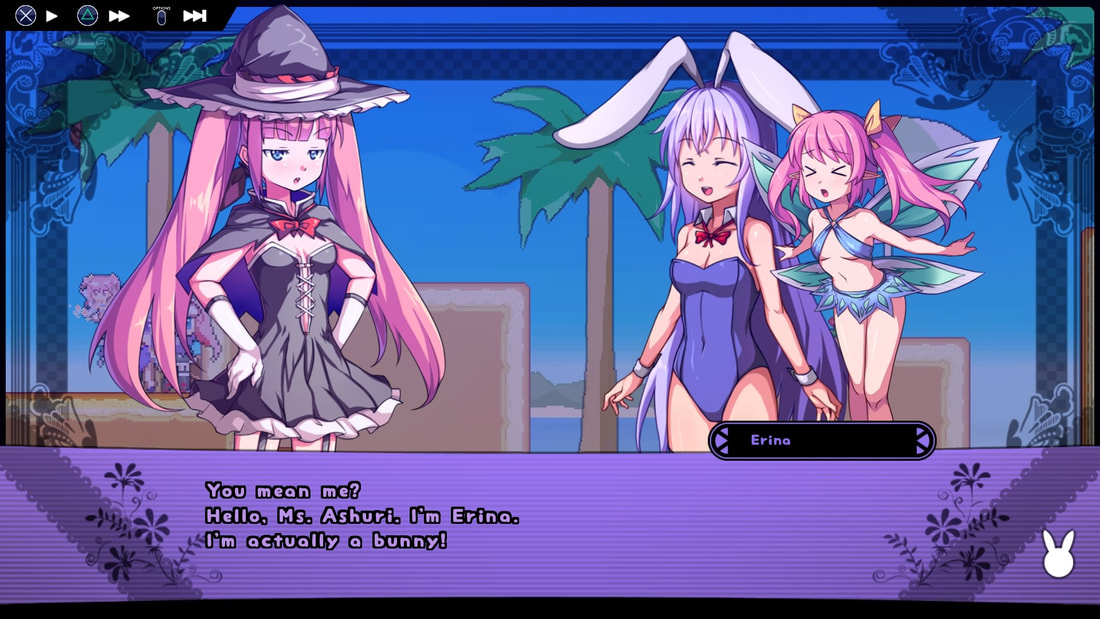
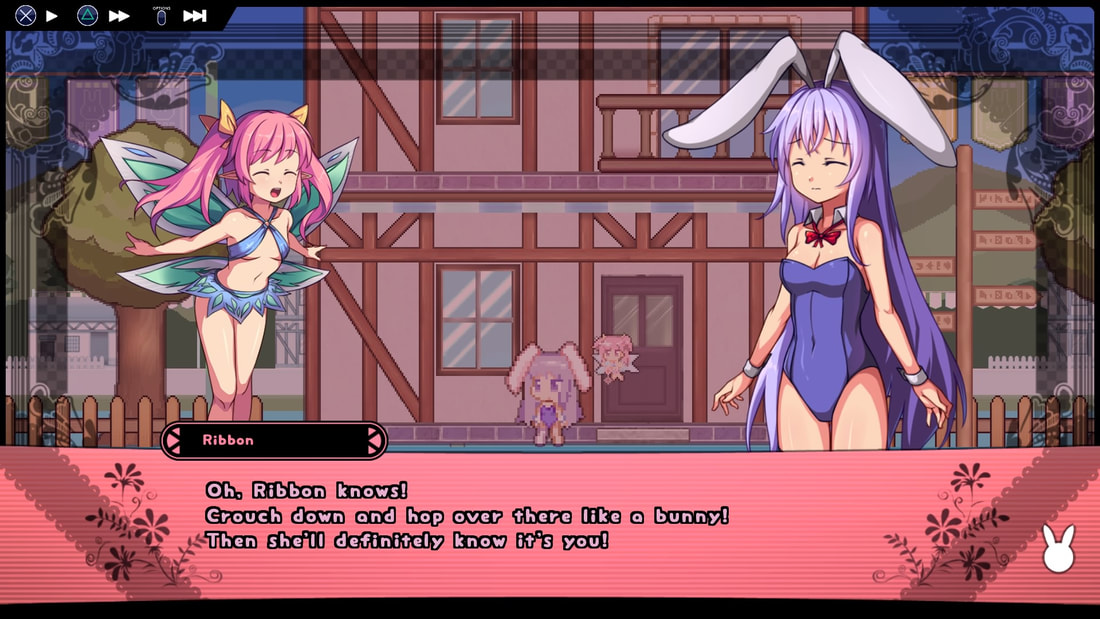

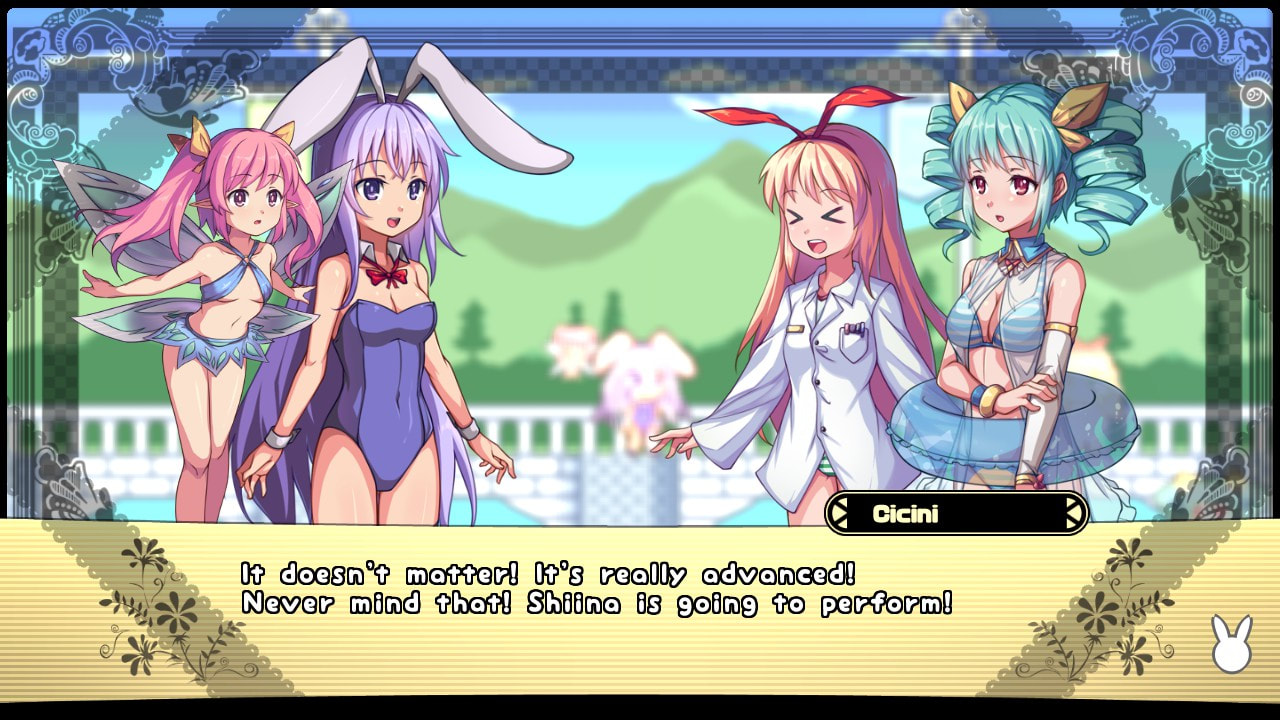

 RSS Feed
RSS Feed